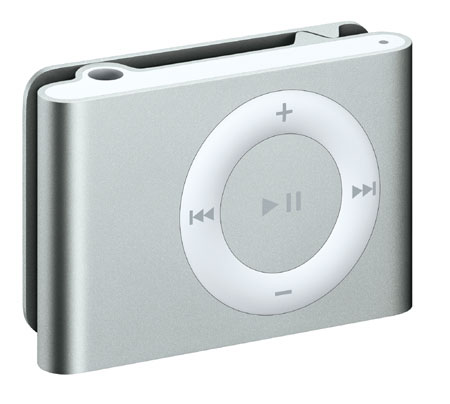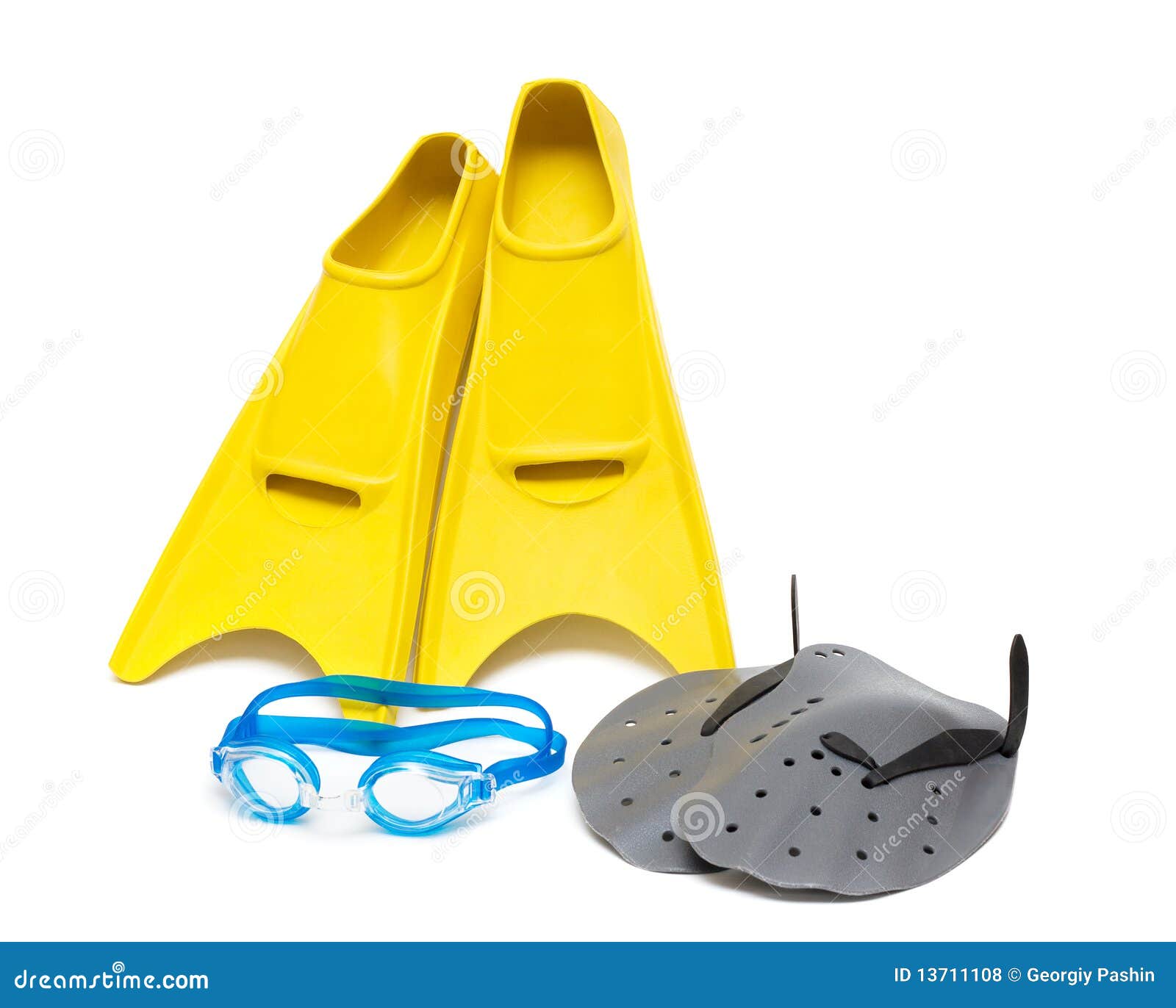
When I began training for triathlons in 2007, my
only training aids were a bright yellow Walkman, a basic sports watch and the
sometimes company of my daughters in a double jogging stroller.

The Walkman was
eventually replaced by an iPod shuffle, a Garmin GPS watch took up residence on
my wrist, and the jogging stroller now collects dust in the basement. But with
my favorite tunes uploaded onto a tiny, matchbox-sized device and my new watch
delivering stats on pace, distance, calories and max speed, I felt like my
training had been elevated to a whole new level. I didn’t feel the need to
engage in heart rate training, though my Garmin is equipped for it, or hire a coach
or personal trainer.

Then, in 2011, my husband and I decided to train for
an Ironman—a 140.6-mile race comprised of a 2.4-mile swim, a 112-mile bike, and
a 26.2-mile run—and I knew I’d need a structured, detailed plan to help guide
me through the rigors of training for an endurance event of this magnitude. So,
on the recommendation of a friend who’d already completed two Ironman races, I
purchased Triathlete Magazine’s Essential Week-By-Week Training Guide by Matt
Fitzgerald, which includes plans, scheduling tips, and workout goals for
triathletes of all levels. The book contains 12 to 24-week training plans for
all four triathlon distances—sprint, Olympic, Half Ironman, and Ironman—ranging
from Level 1 for beginners to Level 10 for elite athletes or those hoping to be
podium contenders.

According to the
book, “as you move up from Level 1, the number of weekly workouts increases, as
do the average workout durations, the total weekly training volume, and the
amount of high-intensity training.”
Each training plan is divided into three equal
segments: Base Phase, Build Phase, and Peak Phase, and the book features
detailed descriptions of every workout and training level. Off-season training
plans, strength exercises and recommended stretches also are included.
Initially, I purchased the book as a resource for
Ironman training but found it so beneficial for scheduling workouts and
planning training sessions that I now refer to it on a regular basis for all
levels of triathlon training.
There is a variety of training plans available
online and in hard copy, complimentary and for purchase, for triathletes as
well as for athletes with a single-sport focus. The key is to research several
plans until you find the one that is right for you.




